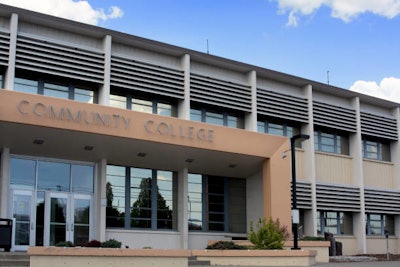For community college students, the path towards a degree has been compared to a shapeless river: unending, with no current pushing them forward. Confronted with a vast array of options, students get lost, failing to take classes that build towards a clear goal. Frustration builds, and many wind up dropping out, having invested precious funds into their education, but with nothing to show for it.

Guided Pathways had been adopted over 300 colleges by the fall of 2019, and early results have been promising.
“It’s incredibly influential,” said Dr. Frank Harris III, co-director of the Community College Equity Assessment Lab at San Diego State University.
However, despite the widespread interest from institutions, a new report from the CCRC shows that full implementation has been slow: the majority of colleges that it examined have failed to scale at least one practice from each of four groups making up the full set of reforms.




















